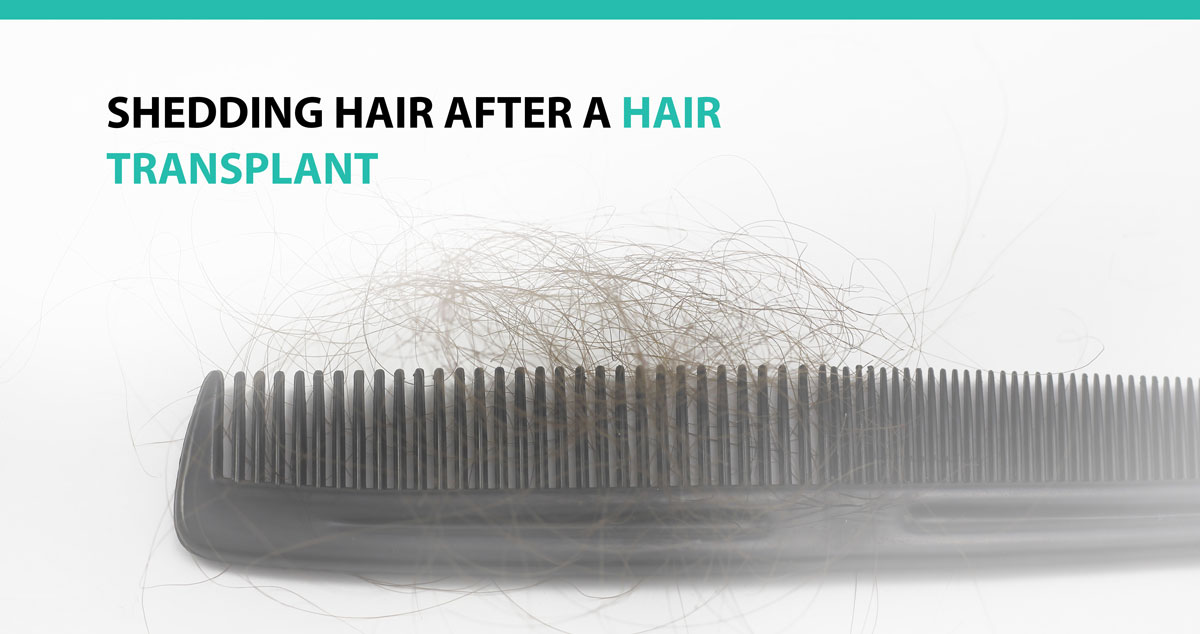
If you’re planning on undergoing a hair transplant procedure, you’ve no doubt done some research. One of the biggest concerns is whether you’ll still experience hair loss after surgery. At the Advanced Medical Hair Institute, Dr. Joseph Williams provides comprehensive solutions to your problems after an exhaustive examination.
What Causes Hair Shedding After a Transplant?
Transplanted hair undergoes a condition known as shock loss. This process is normal and starts about one to two weeks after surgery. Your new hair will require 8 to 12 months to grow. The hair growth cycle has three phases: growth, transition, and rest. The third phase refers to the shedding period.
The trauma of surgery can trigger this resting phase for various reasons. They include cutting off blood supply to harvested hair follicles and implanting them onto the scalp. Anesthetics and incisions can also contribute to this trauma. Shock loss can continue for up to three months after surgery.
There’s no need for alarm if you notice this shedding after your FUE or FUT hair transplant. It’s an expected side effect and does not mean your scalp is rejecting its transplanted follicles.
Is It Possible To Shed Non-Transplanted Hair?
Sometimes non-transplanted hair also suffers from trauma following surgery. The likelihood rises if you have large numbers of thin native follicles between the recently transplanted replacements. It usually grows back after shedding. Under rare circumstances, the donor area also experiences some hair loss. It’s unlikely to happen if an experienced specialist such as Dr. Williams conducts your surgery.
Two main conditions cause hair shedding after a transplant:
Telogen Effluvium: This stress-related affliction occurs due to the trauma your scalp undergoes. You’ll notice it about three months after surgery because it affects the hair growth cycle by prematurely forcing it into the resting phase.
Androgenic Alopecia: If you’re genetically predisposed to lose hair, it might still shed after a successful transplant. Having the procedure in your twenties or early thirties increases the likelihood that you’ll need more treatments. That’s because the rest of your hair can still suffer male pattern baldness.
Dr. Williams might recommend various treatments before your surgery. The objective will be to minimize shedding, strengthen your hair, and provide a reliable working area.
How Can I Reduce Shedding After A Hair Transplant?
While shock loss and shedding are unavoidable, the following options will minimize the extent:
- Medication
Minoxidil takes 4 to 6 months to darken thin hair and increase overall volume. It appears under brand names such as Regaine and Rogaine, which is also suitable for patients younger than 30. Finasteride is another effective medical solution. It minimizes the production of DHT, an androgen that stimulates hair loss.
- Camouflaging
Cosmetic solutions such as platelet-rich plasma (PRP), laser treatment, and scalp micro-pigmentation can reduce the visual evidence of hair shedding. These procedures primarily add hair volume and thickness. They also disguise bare spots through topical shading.
- Timing
Hair shedding can also depend on the timing of your transplant. If it happens at the onset of your hair loss, it may look thinner afterward. That’s why you need expert advice that considers the progression of hair miniaturization. You might also require hair regeneration to stabilize the expected hair loss.
Talk with a Hair Restoration Expert
Post-surgery hair care is just as crucial as the precautions you’ll take before the transplant procedure. At the Advanced Medical Hair Institute, we take a personalized approach to every patient’s needs. Dr. Joseph Williams will utilize his extensive skills and experience to ensure you receive the most natural results. Our helpful staff also gives you the proper care to ensure minimal post-procedure hair shedding. Please schedule a consultation today for more details.










